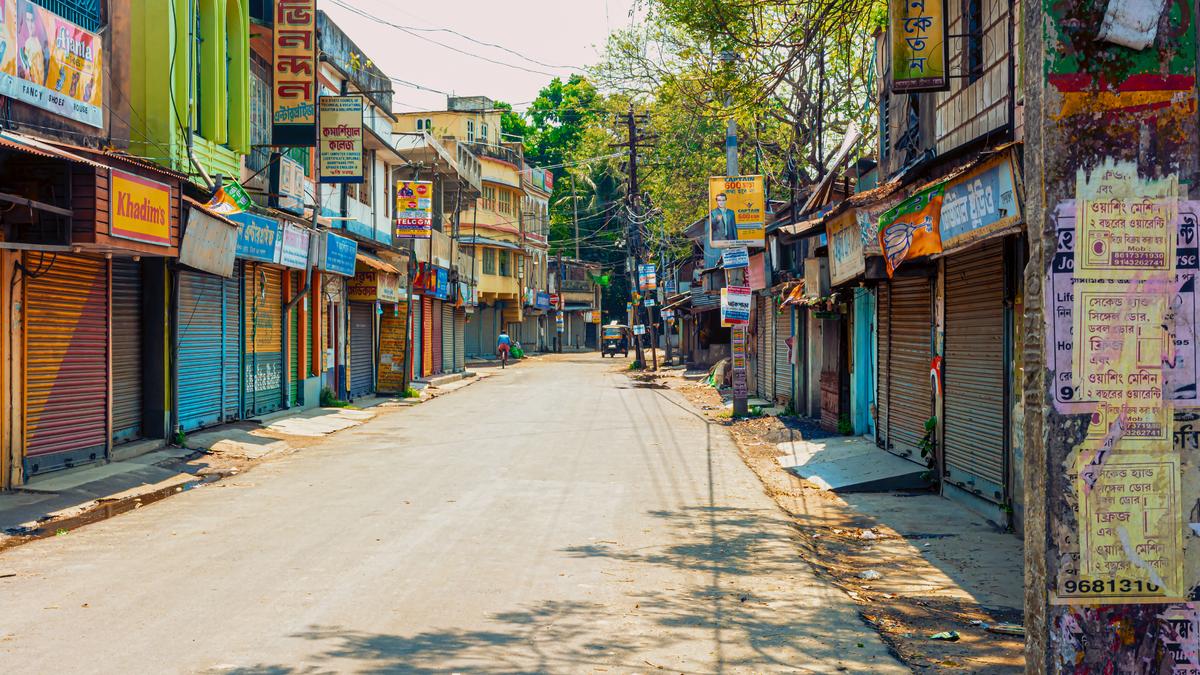The World Health Assembly (WHA) has decided to create a global toolkit to enhance preparedness and response strategies for future pandemics. This initiative stems from the lessons learned during the COVID-19 pandemic, which exposed significant weaknesses and disparities in global health systems.
Key Components of the Toolkit
The proposed toolkit will cover several critical areas:
- Standardized Protocols
- Surveillance: Guidelines for monitoring and detecting emerging pathogens.
- Diagnostics: Uniform methods for identifying infectious diseases.
- Treatment: Consistent protocols for managing and treating infections.
- Guidelines for Public Health Measures
- Effective Communication: Strategies for clear and efficient public communication during health emergencies.
- Non-Pharmaceutical Interventions: Best practices for social distancing, quarantine, and other measures.
- Equitable Access
- Ensuring low- and middle-income countries have fair access to vaccines, medicines, and medical equipment during health crises.
Statement from WHO Director-General
Dr. Tedros Adhanom Ghebreyesus, Director-General of the World Health Organization (WHO), emphasized the importance of this initiative: “The COVID-19 pandemic taught us that we need a more coordinated and collaborative approach to health emergencies. This toolkit will be a vital resource for countries to prepare for and respond to future pandemics more effectively.”
Goals and Collaboration
The WHA’s initiative aims to:
- Foster International Cooperation: Encourage resource sharing and collaboration among countries.
- Utilize Expert Input: Involve member states, health experts, and organizations worldwide in the toolkit’s development.
- Strengthen Global Health Infrastructure: Build a resilient global health system to prevent and mitigate future pandemics.
Timeline
The toolkit is expected to be completed and made available to all member states within the next two years.
Multiple Choice Questions (MCQs):
- What is the primary purpose of the global toolkit proposed by the WHA?
- A. To develop new vaccines
- B. To improve pandemic preparedness and response strategies
- C. To conduct medical research
- D. To increase funding for health systems
- Which of the following areas will the toolkit include standardized protocols for?
- A. Financial management
- B. Surveillance, diagnostics, and treatment
- C. Education and training
- D. Environmental protection
- What is emphasized to ensure during future health crises, according to the toolkit proposal?
- A. Rapid technological development
- B. Equitable access to vaccines, medicines, and medical equipment
- C. Increased government surveillance
- D. Reduction in healthcare costs
- Who is the Director-General of the World Health Organization mentioned in the document?
- A. Dr. Margaret Chan
- B. Dr. Tedros Adhanom Ghebreyesus
- C. Dr. Anthony Fauci
- D. Dr. Soumya Swaminathan
- What is one of the primary goals of the WHA’s initiative mentioned in the document?
- A. To reduce healthcare costs worldwide
- B. To foster stronger international cooperation and resource sharing
- C. To increase the number of healthcare workers globally
- D. To eliminate all infectious diseases
- When is the toolkit expected to be made available to all member states?
- A. Within the next year
- B. Within the next two years
- C. Within the next five years
- D. Within the next ten years
